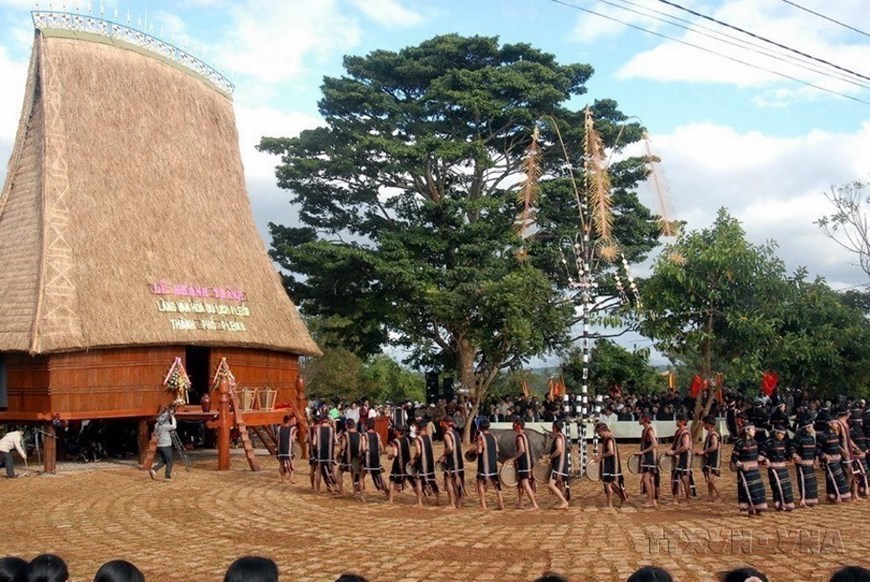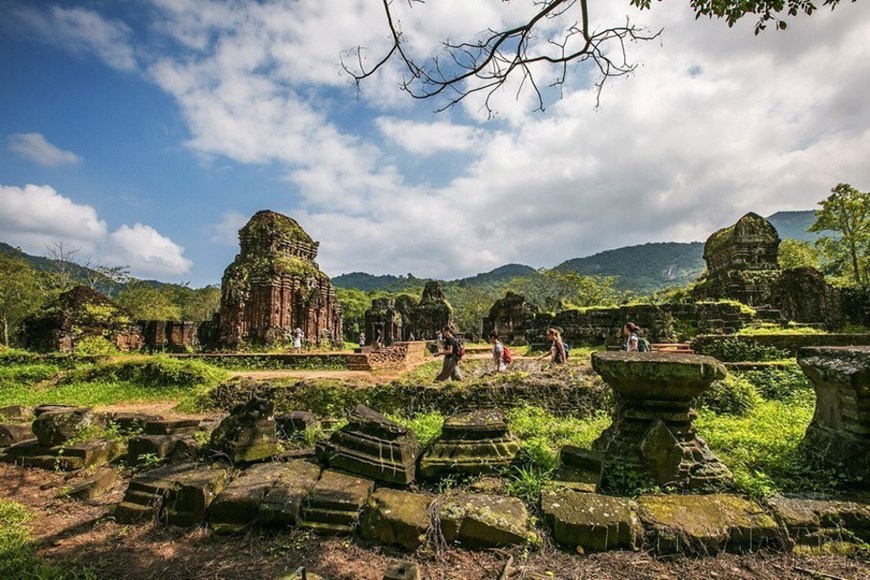On February 24, 2005, the Prime Minister signed Decision No 36/2005/-TTg on adopting November 23 every year as “Vietnam Cultural Heritage Day”. The move aims to promote the traditions and sense of responsibility among those working to protect and promote the value of Vietnam’s cultural heritage.
 |
| On November 25, 2005, the Space of Gong Culture in the Central Highlands was recognised by UNESCO as a Masterpiece of Oral and Intangible Cultural Heritage of Humanity. In November 2008, UNESCO added the Space of Gong Culture in the Central Highlands to the list of the Intangible Cultural Heritage of Humanity. |
 |
| On December 2, 2000, Ha Long Bay was recognised by UNESCO as a World Natural Heritage for the second time, thanks to its exceptional global value in geology and geomorphology |
 |
| UNESCO recognised Hoi An ancient town as a World Cultural Heritage in December 1999. |
 |
| On December 1, 1999, My Son Sanctuary in Duy Phu commune, Duy Xuyen district, Quang Nam province was officially recognised by UNESCO as a World Cultural Heritage. |
(Source: VNA)










Thông tin bạn đọc
Đóng Lưu thông tin